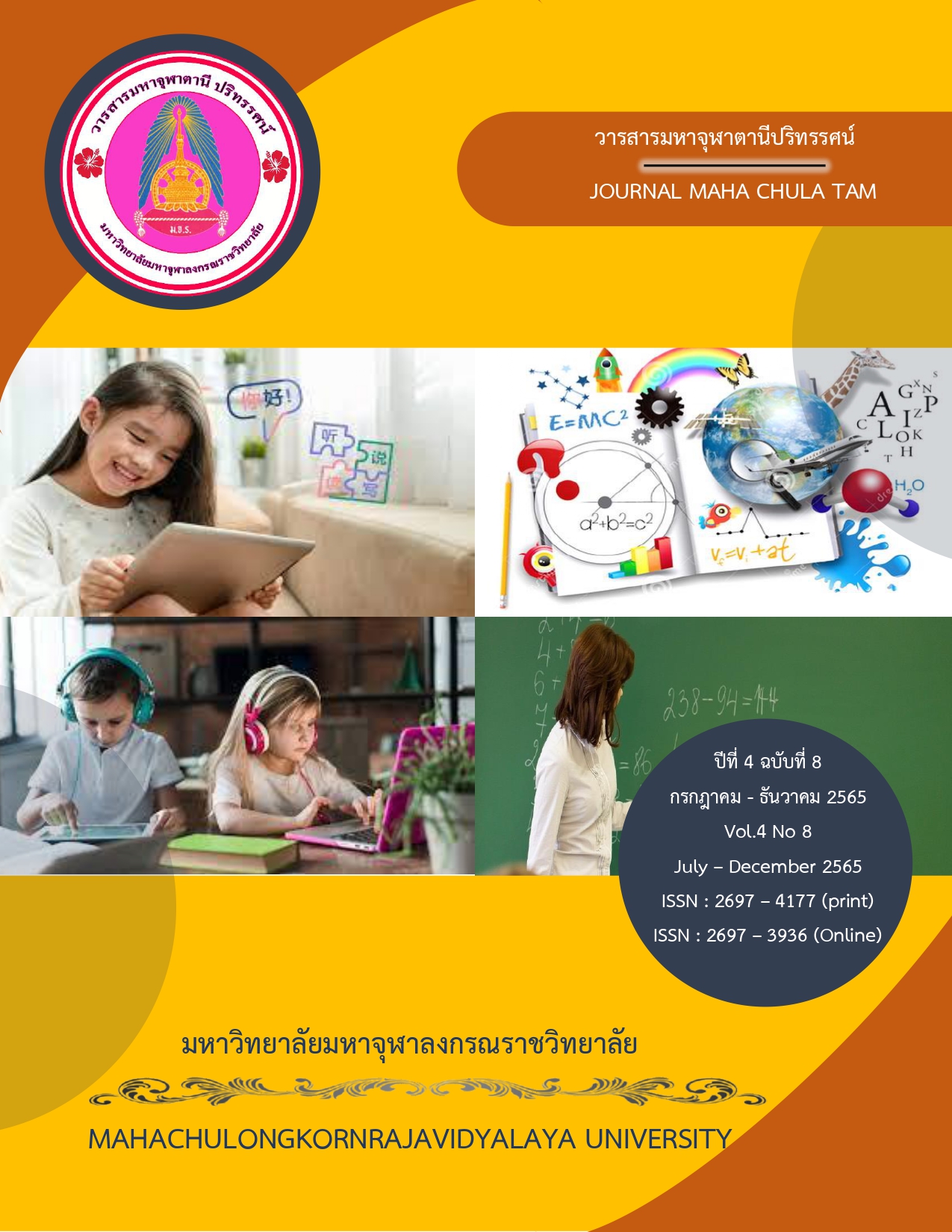The Problem Situation and Development Approach for Safety Management of Students in Phaiyaisuksa School under The Secondary Education Service Area Office 29
Main Article Content
Abstract
The objectives of this research were to study the level of problem situations and the development approach for Safety Management of the students in Phaiyaisuksa School under The Jurisdiction of the Secondary Education Service Area Office 29 and to compare the problem situations and the development approach for Safety Management of the students in Phaiyaisuksa School under the Secondary Education Service Area Office 29, classified by the teachers’ educational background and working experience in four fields; namely, physical environment, social environment, safety service and educational welfare. The amount of population used in the study was 321 persons. The instruments used for data collection in the research were questionnaires with 5 levels of rating scale in 24 items. The IOC was from .67 to 1.00. The discrimination of each item was at .43 - .74. The entire reliability was at .96. The statistics used for data analysis were the percentage, average, standard deviation, One-way Analysis of Variance: One-Way ANOVA, Sheffe’s Method and Content Analysis.
The findings were as follows:
- The situations of Safety Management of the students in Phaiyaisuksa School under The of the Secondary Education Service Area Office 29 in total and in each aspect were as follows: The aspects of physical environment and social environment were at a much level, while the aspects of safety service and educational welfare were respectively at a middle level. The problems of Safety Management of the students in total and in each aspect were found that; the aspects of physical environment and social environment were at a much level, while the aspects of safety service and educational welfare were respectively at a middle level.
- The comparison of problem situations in Safety Management of the students in Phaiyaisuksa School under the Secondary Education Service Area Office 29 in total and in each aspect, classified by the order of classes was insignificantly different.
- The development approach for safety management of the students in Phaiyaisuksa School under the Secondary Education Service Area Office 29 was as follows:
3.1 The first three levels of frequency value of the development approach for safety management in physical environment from the highest to lowest points were as follows: teaching the students about life’s safety to live together in society peacefully, improving as well as conserving the environments in the school such as a playground etc. and making a development plan of the physical environments in the school respectively.
3.2 The first three levels of frequency value of the development approach for safety management in social environment from the highest to lowest points were as follows: maintaining the school’s equipment and tools following school tradition and culture such as obeying the school’s regulations and participating in adjustment of the school’s well being so that it will be comfortable to stay respectively.
3.3 The first three levels of frequency value of the development approach for safety management in safety service from the highest to lowest points were as follows: improving the school’s van to driving the students to school and picking them up from school comfortably, safely and reliably. creating the universal standard for quality promotion or reducing dangers in the school, and adjusting the stadium to be safe for exercise respectively.
3.4 The first three levels of frequency value of the development approach for safety management in educational welfare from the highest to lowest points were as follows: learning the needs of teachers, guardians and communities, giving the knowledge to the children about how to protect themselves from bad things in various situations and training in the school’s healthy promotion as well as campaigning the school’s safety, at the same average respectively.
Article Details

This work is licensed under a Creative Commons Attribution-NonCommercial-NoDerivatives 4.0 International License.


